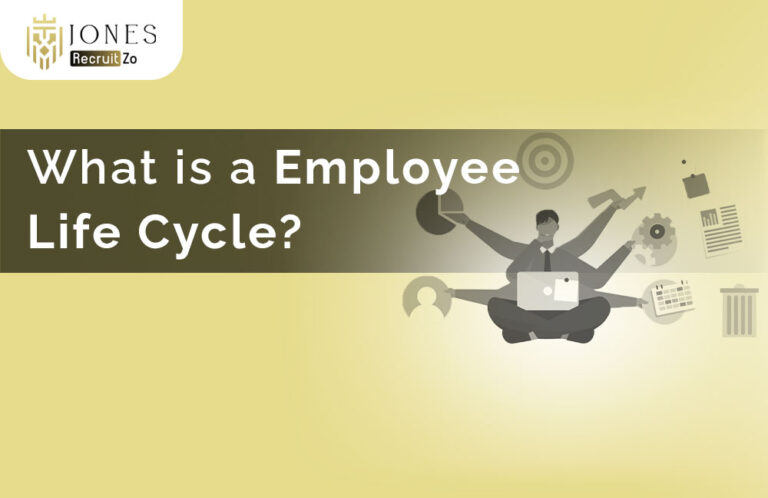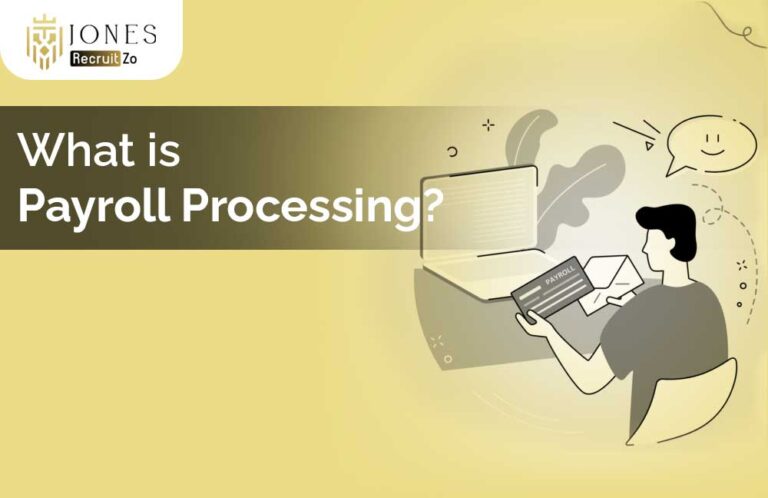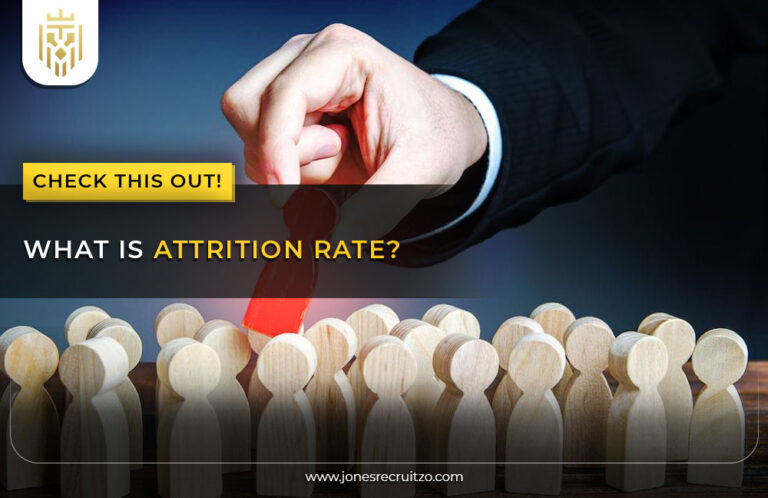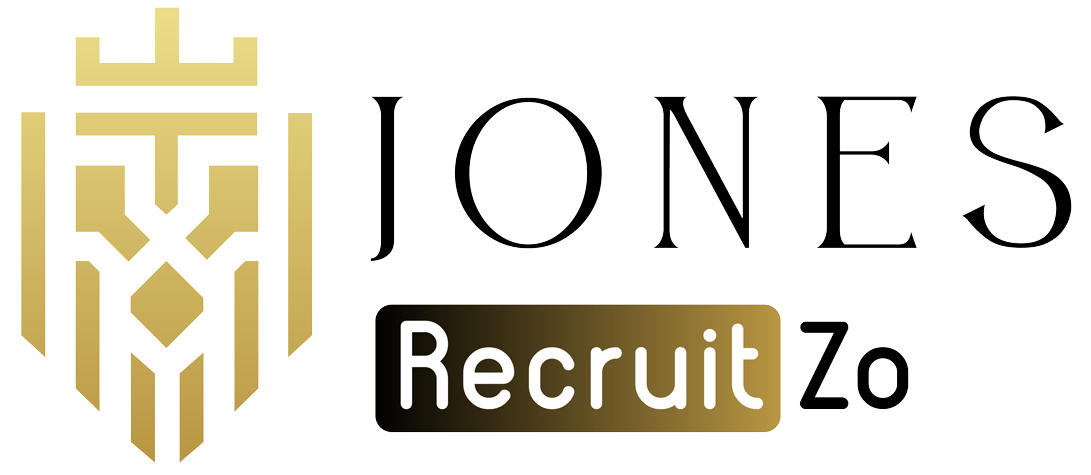What is Predictive HR Analytics?
Predictive HR analytics utilises data, algorithms, and statistical models to forecast future HR trends. Learning what predictive analytics in HR is assists organisations to plan the personnel and enhance the general human resources service efficiency.
Benefits of Predictive HR Analytics
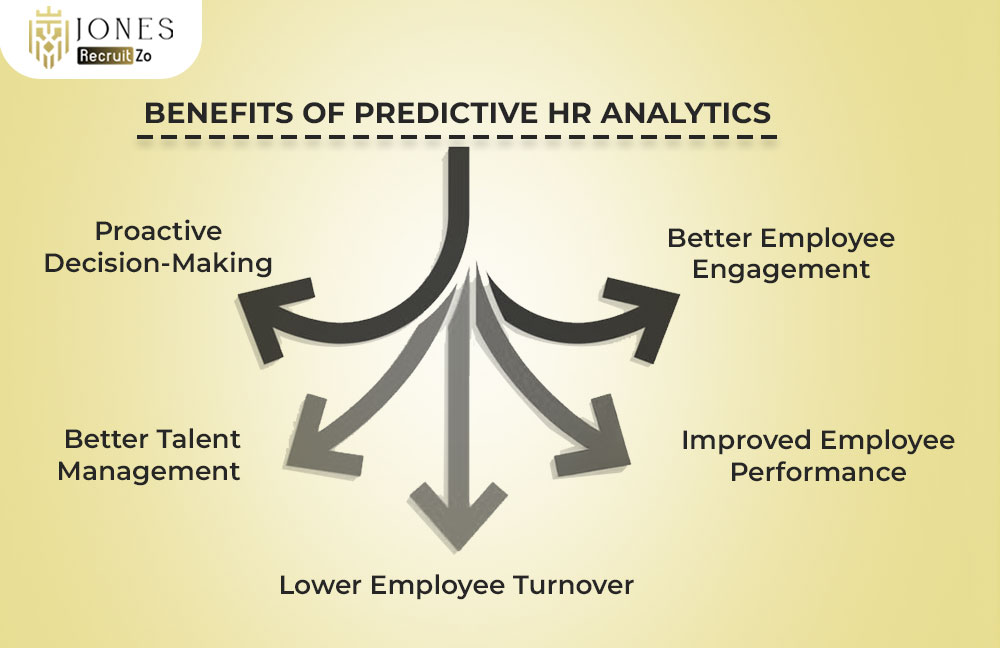
The advantages of predictive HR analytics are better efficiency in hiring, engagement, and performance monitoring. These learnings work towards making HR service delivery proactive, strategic, business-orientated, and sensitive to the needs of the employees and the internal and external organisations.
Proactive Decision-Making
By using predictive analytics in human resources, the managers can also anticipate problems and make timely decisions. This initiator is proactive and improves the service delivery, resulting in even stronger HR practices beneficial to the leaders and the employees.
Better Talent Management
Predictive HR analytics enables teams to refine their hiring and development strategies by aligning the right talent with the right roles. This supports more effective workforce planning and strengthens the long-term vision of human resource initiatives, ultimately enhancing overall organisational productivity.
Lower Employee Turnover
With predictive HR analytics, organisations can identify early indicators of employee attrition and act proactively. This allows HR teams to implement targeted retention strategies that improve employee experience and strengthen the overall efficiency of HR operations.
Improved Employee Performance
Evaluating the past performance indicators helps HR departments to foresee subsequent achievements, enabling customised support of workers. This helps to reinforce the performance management practices and harmonise individual development with the larger goals of human resources.
Better Employee Engagement
Understanding engagement patterns helps HR improve employee satisfaction. By using predictive analytics in human resources, organisations can create programmes that meet employee needs and support effective HR service delivery.
Common Use Cases of Predictive HR Analytics
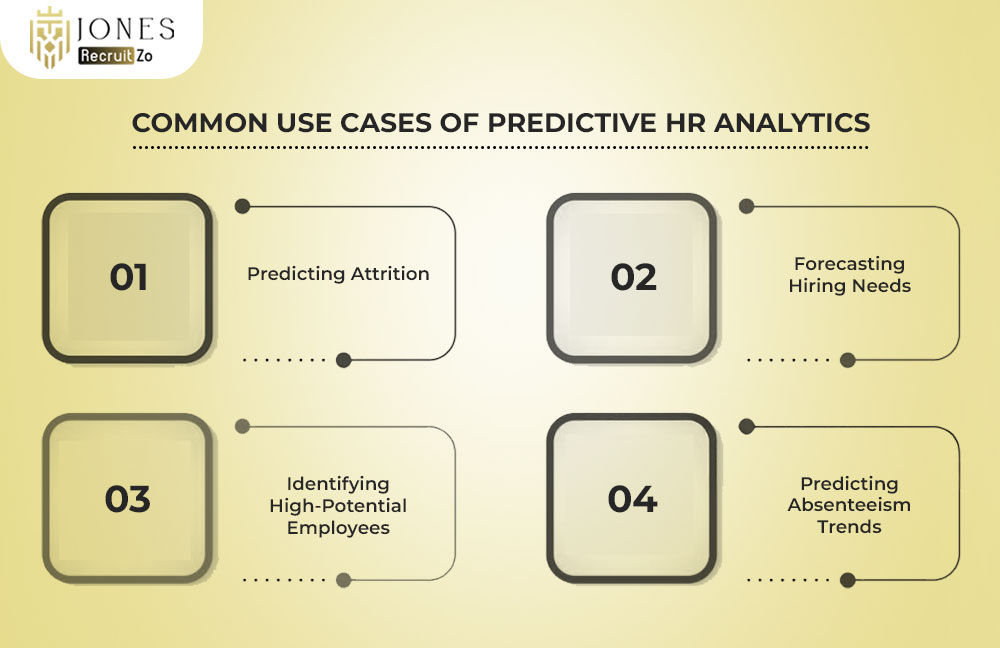
Typical applications include forecasting workforce demand, preventing turnover, and personalising employee development. These benefits demonstrate the value of predictive HR analytics in optimising long-term human resources planning.
Predicting Attrition
By examining historical turnover data, HR can anticipate future exits. This lets organisations enhance HR service delivery and take early action to keep valuable employees, cutting down on disruptions and costs linked to frequent departures.
Forecasting Hiring Needs
Predictive analytics in human resources helps identify when and where new hires are necessary. This proactive approach to workforce planning improves the efficiency of HR operations and supports strategic hiring efforts.
Identifying High-Potential Employees
With the right models, HR teams can spot future leaders based on past behaviour and skills. This process boosts succession planning and nurtures internal talent development while supporting effective HR service delivery.
Predicting Absenteeism Trends
HR can use analytics to identify absenteeism patterns and address their root causes. Understanding predictive analytics in HR enables organisations to intervene early, improving service delivery and reducing productivity loss.
Steps to Implement Predictive HR Analytics
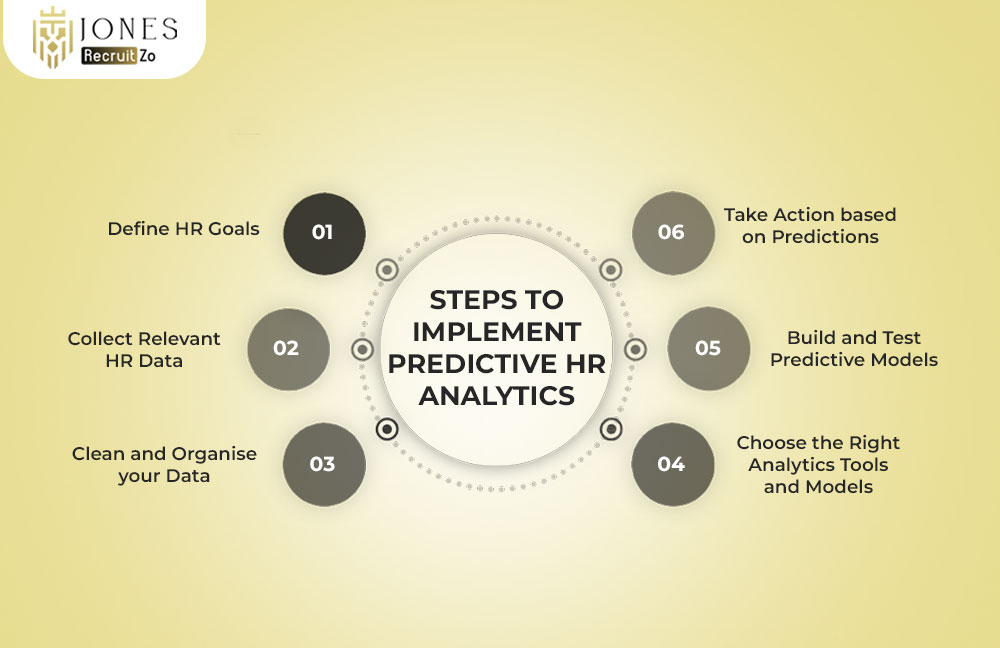
Implementing predictive HR analytics requires setting clear goals, choosing tools, and refining practices. This structured approach ensures HR teams can drive measurable improvements in workforce outcomes and service delivery.
Define the HR Goals
Clarifying desired outcomes, such as turnover or engagement, guides analytics efforts. This focus leads to better models and meaningful benefits from predictive insights across the human resources ecosystem.
Collect Relevant HR Data
Gathering data on recruitment, performance, and employee behaviour is crucial. High-quality data allows effective predictive analytics in human resources and supports smart HR service delivery throughout the employee lifecycle.
Clean and Organise Your Data
Cleaning and organising data ensures prediction accuracy. Well-structured data leads to stronger models and helps HR teams make confident, informed decisions that improve overall HR service delivery.
Choose the Right Analytics Tools and Models
Selecting appropriate tools and models is crucial for achieving accurate forecasts. These tools help HR convert raw data into actionable insights, increasing the strategic impact of predictive HR analytics initiatives.
Build and Test Predictive Models
Developing and testing your models is essential for validating results. Continuous refinement ensures reliable forecasts and better integration of predictive analytics into daily HR practices.
Take Action based on Predictions
Insights must lead to real actions for lasting benefits. Predictive models guide HR in adjusting policies, aligning talent strategies, and improving HR service delivery to maximise impact on organisational success.
FAQs
1. What is Predictive HR Analytics?
Predictive HR analytics uses data and statistical models to forecast future HR trends. This approach allows for proactive decision-making in areas like hiring, engagement, performance, and employee retention.
2. What are the Benefits of Predictive HR Analytics?
The benefits include better talent management, lower turnover, improved employee engagement, enhanced performance, and more strategic HR service delivery based on data-driven insights and predictive planning.
3. How to Implement Predictive HR Analytics?
To implement it, define HR goals, collect and clean data, choose the right models and tools, build predictive models, and take informed actions based on the insights generated.
4. What are the common use cases of predictive HR analytics?
Common use cases include predicting attrition, forecasting hiring needs, identifying high-potential employees, understanding absenteeism patterns, and improving overall human resources service through data-backed decision-making.

